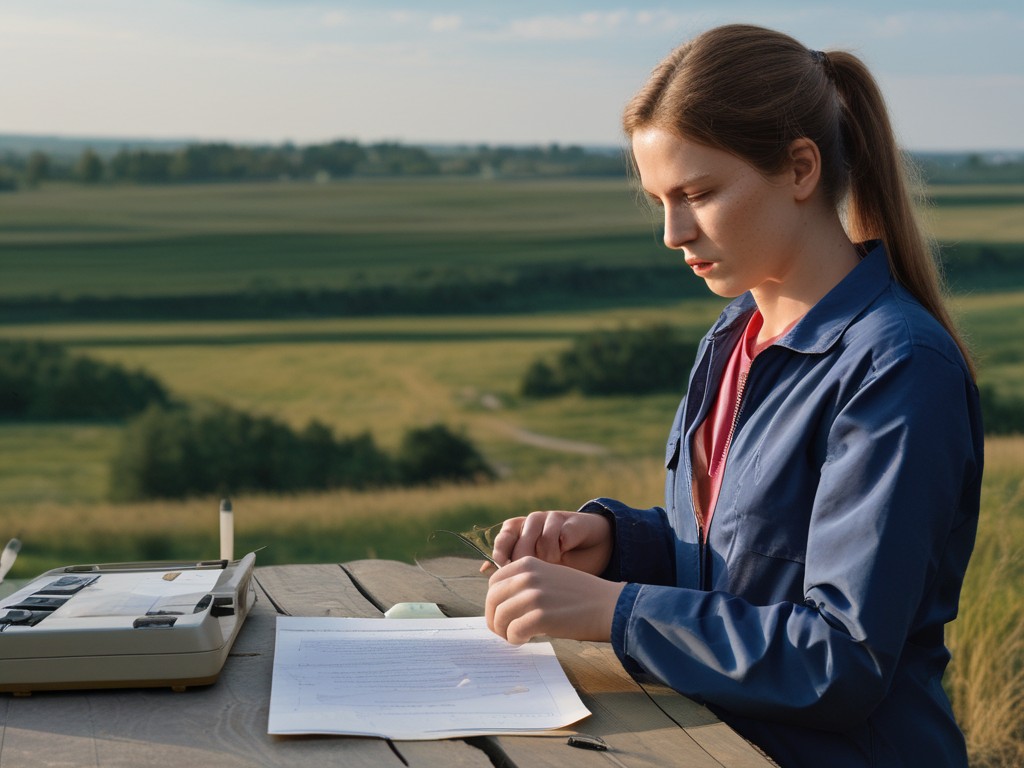Tetyana Vasylyeva from the University of California, Irvine, presented at London Calling 2024. The topic was “Informing infectious disease interventions with genomics during big events.” I was curious about the big events! This session was part of the Clinical & Biopharma Day on Friday, May 24, 2024. Vasylyeva studies phylogenetics, phylodynamics, and phylogeography of HIV! The research team has been doing research in the Ukraine, which has high HIV case numbers. Working with their Ph.D. mentor, Vasylyeva has used the “Big Events Framework” to learn about epidemiological outcomes, social influences, and infrastructure availability. Their example was access to hospitals that were bombed. Vasylyeva reconstructed HIV phylogeny, showing how the virus has moved across the country with the COVID pandemic and the war. In 2020, Vasylyeva and colleagues interviewed 164 people with 64 HIV-positive. Only about 40% of them were receiving care. The researchers received samples and sequenced the viruses using nanopore sequencing. They used field conditions and sequencing in Airbnb locations, hospitals, taxis… Vasylyeva applies molecular clock theory and attempts to identify transmission events. Vasylyeva also mapped HCV dynamics after displacement. In 2021, the research team returned and performed more sequencing. All of the SARS-CoV-2 they sequenced were variants, and tourism had a significant impact on transmission. The team is continuing to do work in the area and combine social analysis with phylogenomics. I find this area of research fascinating… and something I would love to do!


